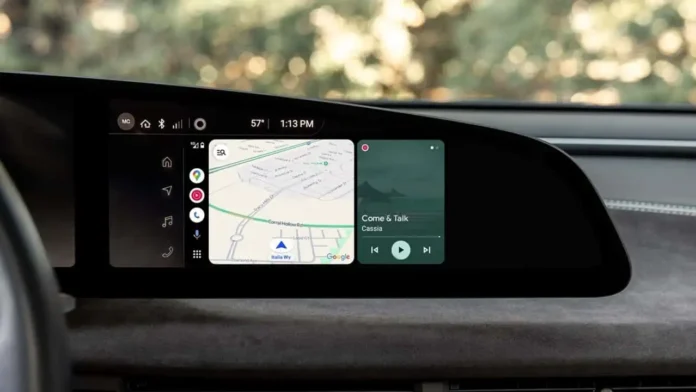Introduction to the Lohner-Porsche Mixte
As we look back through the history of the automobile, certain inventions stand out as remarkably ahead of their time. One such innovation is the Lohner-Porsche Mixte, introduced in 1901. This vehicle is often regarded as one of the first extended-range electric vehicles, showcasing a forward-thinking approach to automotive engineering long before its time.

The Vision of Ferdinand Porsche
Ferdinand Porsche, the brilliant German automotive engineer, was just in his mid-20s when he designed the earliest electric vehicle prototypes. Working for the Vienna-based Jakob Lohner, Porsche’s ambition was to revolutionize mobility. The Lohner-Porsche Mixte combined the cutting-edge technology of electric motors with an internal combustion engine, effectively redefining what we know today as hybrid technology.
Legacy and Impact on Future Vehicles
The Lohner-Porsche Mixte serves as a crucial chapter in the evolution of electric vehicles. Although it emerged over a century ago, its influence can still be seen in modern extended-range electric vehicles. Porsche’s early work laid the foundation for future advancements in automotive design, including the iconic Volkswagen Beetle, which he later developed.
In conclusion, the visionary designs of Ferdinand Porsche remind us that innovation knows no bounds, and even the earliest attempts at electric vehicles heralded the future of sustainable transport. Reflecting on the Lohner-Porsche Mixte gives us deeper insight into the potential that existed in the automotive realm long before the rise of modern electric cars.




